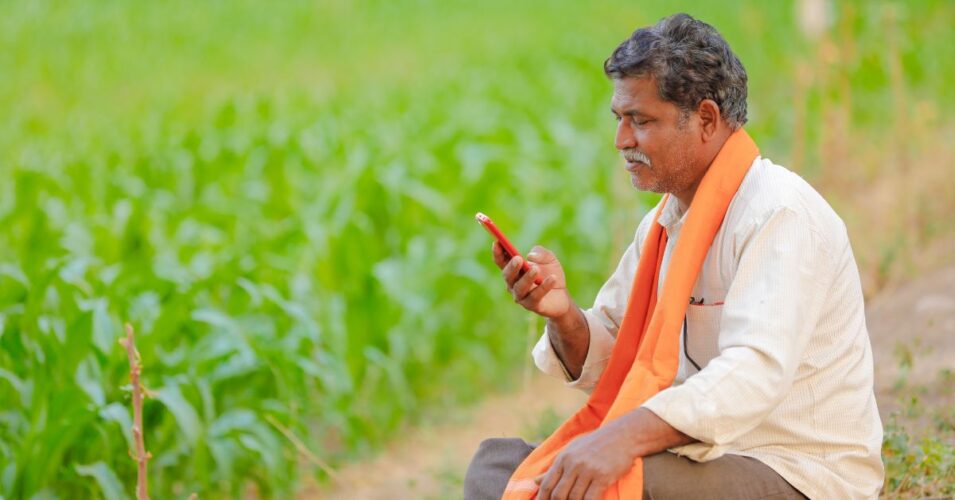The agricultural sector maintains its central position as the main rural income source for India, yet farmers encounter problems obtaining up-to-date precise information for responding to crop threats. The Karnataka region faces frequent climate and pest threats which traditional Rural Communication Services (RCS) struggles to address. Mobile phone adoption brings new opportunities to provide essential farming advice during critical moments.
Dr. Arjunan Subramanian from the Adam Smith Business School at the University of Glasgow performed an investigation of this pressing issue. The PLOS ONE scientific research published in June 2021 titled “Harnessing Digital Technology to Improve Agricultural Productivity?” examines how phone-based agricultural advisory services through hotline intervention affect crop production and revenue growth. This study investigates how digital technological strategies can enhance agricultural productivity by identifying research opportunities using mobile communications.
Dr. Subramanian selected 300 farmers from Karnataka India then randomly distributed them between groups with either access to the hotline service or without it. Farmer access to the hotline featured in the Kisan Call Centre (KCC) enabled them to receive personalized guidance throughout critical crop periods and during pest outbreaks. Clients who used the hotline experienced a 31% improvement in their total crop production rates when compared to farmers without hotline contact. The incidence of sterility mosaic disease (SMD) threatened pigeon pea farmers until hotline access revealed its advantages by delivering 87% yield improvements together with 70% profit increases in comparison with farmers who received no hotline support.
The hotline provided its best results during critical moments which served detailed recommendations towards specific crop emergencies. The hotline shared instructions about early pest identification together with precise pesticide use guidelines along with labor-intensive plant rouging methods. Funding increased by 39% because of the programs but the farmers generated higher output and earnings which exceeded the expansion in expenses.
According to the results of the study, researcher recommend that legislators should establish digital advisory services that include hotlines within their existing agricultural extension plans. Mobile-based agricultural advice systems should receive increased government funding to grow through improved delivery of personalized shock-specific information during crisis times. Rural areas need better digital infrastructure to achieve maximum results from this initiative.
It is also suggested that it should investigate how distinct farm shock situations and agricultural products respond to automated assistance programs for improved use in practical applications.
The expansion of farming services requires new methods to boost awareness and demand of these resources once emergency situations end. Owned findings indicate that specifically designed outreach programs backed by agricultural demonstrations at farmer field locations have the potential to boost digital advisory program adoption rates.
The KCC hotline demonstrates potential to improve agricultural performance and resilience through mobile technology-based appropriate advice delivery approaches for smallholder farmers.
The full article is accessible at: https://doi.org/10.1371/journal.pone.0253377.
Article contributed by Thesa Mallo, CCComdev intern
Photo from Canva.


Comments are closed, but trackbacks and pingbacks are open.